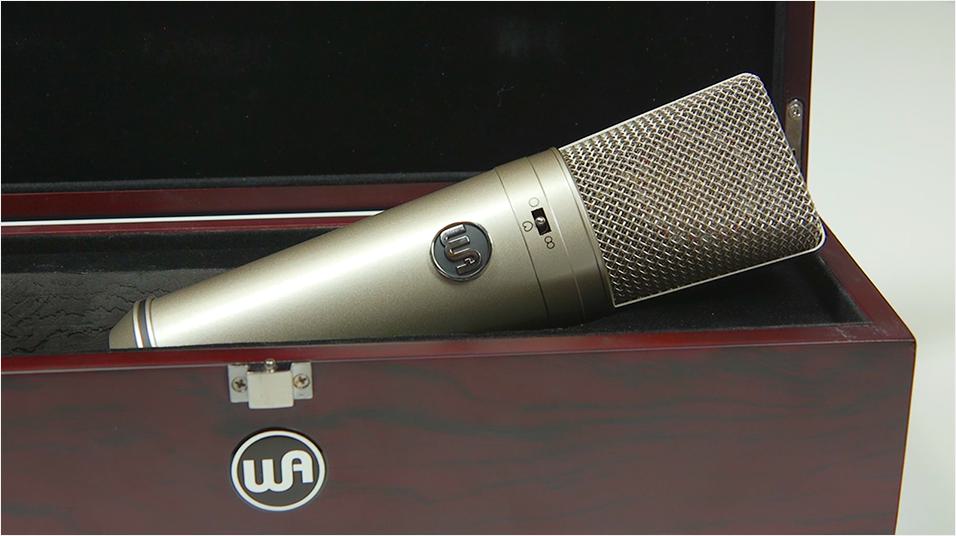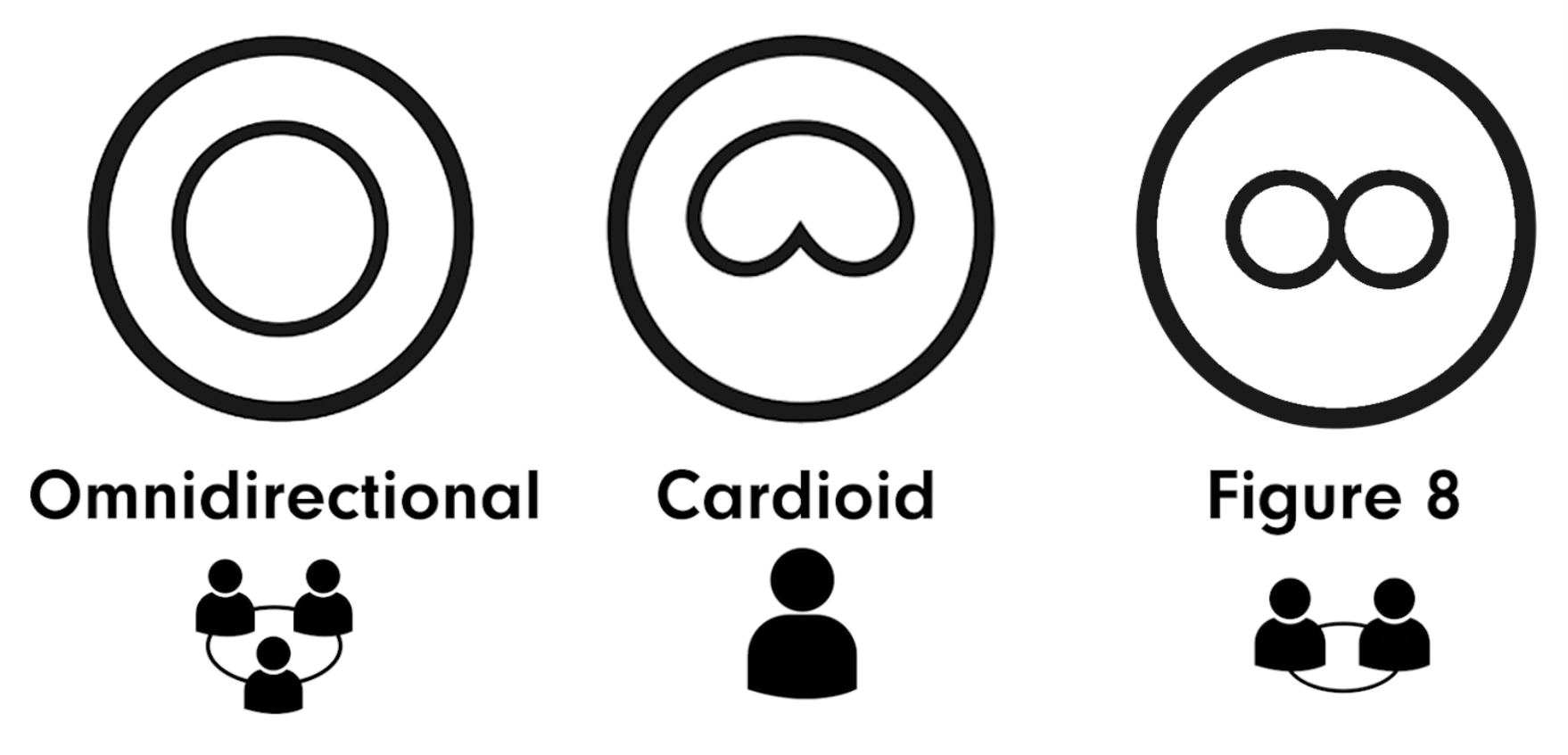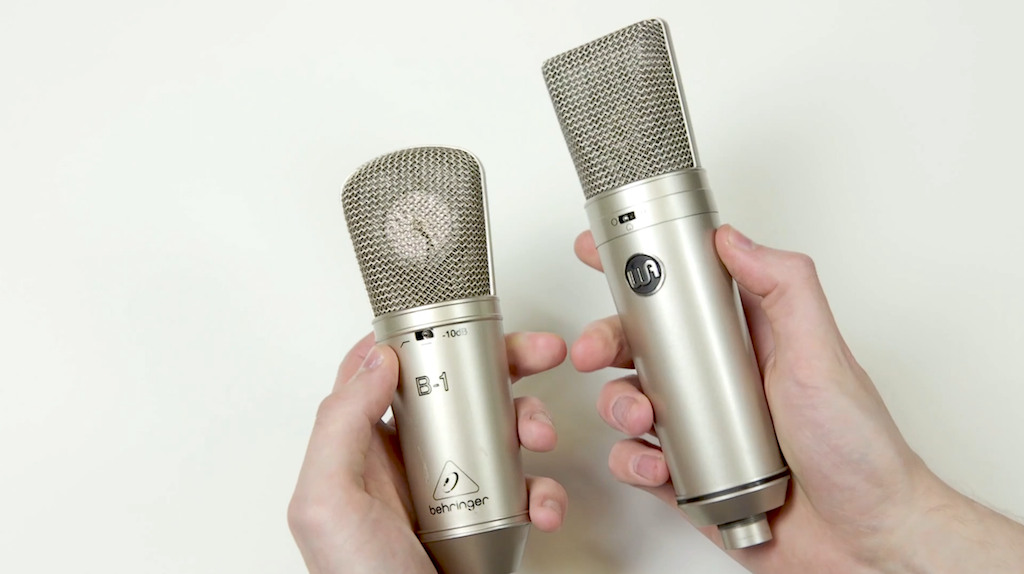Need advice? Let's talk.
Get straightforward guidance from your broadcasting partner. Schedule a call to chat with the team about your radio station.
Book DemoWarm Audio WA-87 Microphone Review
The Warm Audio WA-87 is a reproduction of the classic U87, but how does it compare? Here's what you need to know to decide if it's right for you.

The Warm Audio WA-87 microphone is a reproduction of the classic Neumann U87, but how does it compare? Here's what you need to know to decide if it's right for you.
Warm Audio WA-87 Review
Buy the Warm Audio WA-87 on Amazon USA or Amazon UK.
The WA-87 is nearly identical to the popular Neumann U87 but at ¼ the cost. It’s commonly used in recording studios for voice-overs, music, and live radio due to its range.
Out of the box, it comes with a shock mount and clip. These fit nicely together with the mic that attaches to any boom arm or mic stand. The mic itself comes in a nice and secure wooden box, which is perfect if you ever need to take it anywhere.
The nickel painted body is made of tantalum alloy. This is a really strong and durable metal that keeps the important components inside secure, so it can withstand being nudged or even accidentally dropped.
Excellent Performance at an Affordable Price
Finding a truly great microphone within a budget has always been challenging, but the WA-87 offers a superb mid-range mic and puts it in reach for most people. This mic sounds good anywhere. The design is based off the classic U87, which is one of the most widely-used professional mics in commercial radio and recording studios.

Fun fact, the U87 is based off another popular mic, the U67. Just like its predecessor, it’s famous having been used by artists such as The Rolling Stones and The Beatles for vocals and instruments like acoustic guitars and piano.
The best thing about the WA-87 is its stellar performance. It takes all the best parts from the iconic ‘87 mic and absolutely nails it! It keeps that classic ‘87 warm feel and tone for a new generation of broadcasters.
The large diaphragm is capable of picking up a wide-range of audio with it's different settings. For example, the toggle switch at the front has omni, cardioid, and figure-8 for different polar patterns. Switching between these essentially changes how audio is captured.

- Omnidirectional (All Around): If we flick the switch to omnidirectional, or omni for short, all the audio around the mic is captured. This is ideal for capturing a wide source of sound or a moving target like multiple guests in your studio.
- Figure-8 (Front & Back): Flicking the toggle right switches it to figure-8. This captures audio at the front and back of the mic. It’s ideal for two vocalists performing at the same time or for you and a guest.
- Cardioid (Front): However, if you’re using the Warm Audio WA-87 mainly for podcasts or live radio broadcasts then it’s best to stick with cardioid. It captures audio directly in front of the mic and ignores everything else around it.
The WA-87 sounds really good without adding any filters or EQ. However, you can clean up audio during recordings using settings like the high-pass filter. This lets in higher pitched audio, so it reduces lower noises like rumblings.
Likewise, the -10dB filter changes the frequency and sensitivity response. For example, the “flat” line is really good at capturing spoken word. Changing this to -10 dB provides additional headroom, minimising noise when capturing peaking levels like in a loud environment.
Comparing Against Low End Microphones
The WA-87 is a brilliant mid-range condenser microphone that’s really hard to beat. In comparison to more low-range mics like the Behringer B-1, the quality just isn’t as good.

The B-1 just doesn't match up to the tone and warm feel of the WA-87 in terms of performance. Watch the video up top and tell us what you think in the comments.
Final Verdict
Overall, it's a fantastic all-purpose studio microphone for advanced setups. The build and sound quality for the price are superb, especially if you are on a budget. If you are willing to invest $500 in a microphone then it's money well spent. Whether you are recording podcasts, voice overs, music sessions, or broadcasting live, there is something for everyone here.
What do you think of the WA-87? How does it sound? Let us know in the comments. For more reviews like this then join the Radio.co Blog Newsletter.



